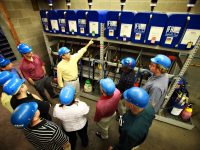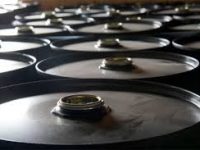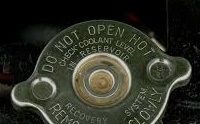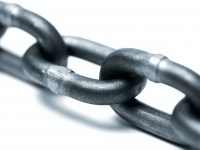Eurofins TestOil is excited to announce our 2022 public training schedule. Now is the time to register for a class and increase your knowledge of lubrication programs. Click on dates below for more information and to register for your class of interest: Comprehensive Oil Analysis Dates: February 22-24 Nashville TN April 26-28 Baton Rouge LA…
Read more
Oil Analysis Training: Eurofins TestOil Announces 2022 Schedule







